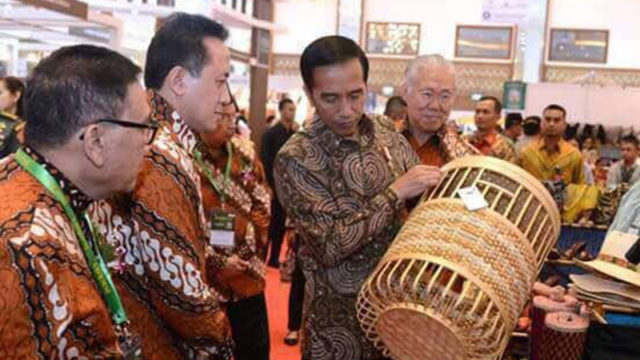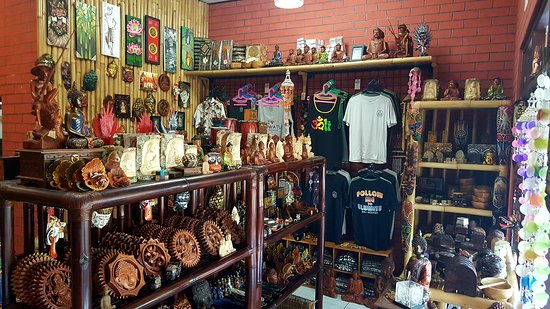NusaBali quotes Bali’s Deputy-Governor Tjokorda Oka Artha Ardhana Sukawati (Cok Ace), who says Bali loses Rp. 9.7 trillion every month in tourism revenues because of the COVID-19 Pandemic.
Meanwhile, Bank Indonesia projects that the Economy of Bali will shrink 10.98% in Q3 2020 due to the continuing loss of income from the tourism sector.
The Deputy-Governor’s comments were made during an online webinar held on World Tourism Day on Saturday, 03 October 2020.

The Deputy-Governor said that Bali’s Provincial Government is actively maximizing the steps to mitigate health concerns, the economic impact, and the social-political fallout from this unprecedented global health crisis. Cok Ace commented on how Bali had earned a unique place in the world’s tourism industry due to the outstanding quality of its esteemed culture and the many awards the Island has earned from international admirers.
“Even though the COVID-19 pandemic afflicts the Island, Bali remains the favorite tourism destination for international travelers,” said the Deputy-Governor.
Assessing the coronavirus’s impact to date, Cok Ace said that the Balinese economy suffered a negative growth of -1.14% in Q1 2020, declining a further -10.98% in Q2 2020. Bali’s economic retreat is due to the sudden suspension of the Island’s dominant tourism industry. Through the end of May 2020, foreign arrivals to Bali nose-dived by 99.97%. Adding: “Bali loses Rp. 9.7 trillion every month from its tourism sector along.”
Citing data from the Provincial Manpower and Mineral Resources Department, Cok Ace said as of 15 May 2020, a total of 71,313 workers employed in Bali have been sent home while another 2,570 were formally terminated from their employment.
The Promise of the Creative Economy
Reviewing the economic fallout in more detail, the Deputy Governor said: “The Ministry of Tourism and the Creative Economy records that the creative industry contributed around Rp. 989 trillion to the 2017 national GDP or around 7.28 % of the total product. The contribution of this sector has continued to increase, growing in 2017 by 5.07% percent. In addition, the creative industry generates 17.7 million jobs or about 14.61 percent of the national labor pool. “
The Deputy-Governor, who has an extensive background in the tourism industry, has said the average wage of someone working in the creative industry sector is Rp. 2.23 million per month. Cok Ace sees almost limitless potential for Bali to develop its creative industry, building on the Island’s well-deserved reputation for art and culture.
Nationally the composition of the economic sub-sector for creative industries is lead by culinary enterprises (41.47%), fashion (17.68%), and handicrafts (14.99%).
Looking ahead, the Deputy-Governor sees Bali’s potential in the creative economy sub-sectors reflected in the Island’s past glories and global reputation. “For example, Ubud has received an award from the United Nations World Tourism Organization (UN WTO) as a Global Gastronomy Destination in 2019. Famous for its artistic masterpieces such as painting and traditional dance, Ubud also has local culinary potential,” said Cok Ace.
Bemoaning the current dilemma face by Bali, Cok Ace claims the COVID-19 Pandemic has decreased sales and employment in the handicraft sector by as much as 98%.
To help businesses and individuals sustain themselves over the ongoing crisis, the Provincial Government of Bai has initiated numerous programs extending personal and business support to the creative community.



